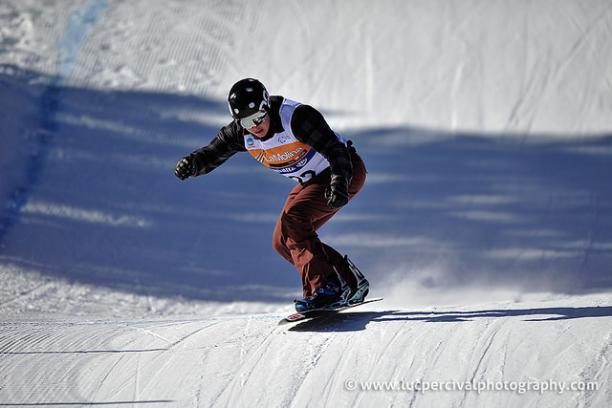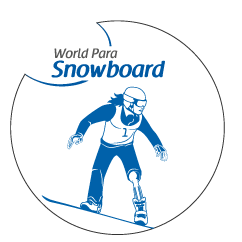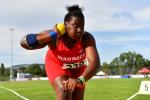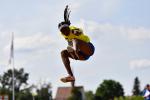Matti Suur-Hamari: Five snowboard training techniques
26.12.2014Finnish lower-limb impaired rider Suur-Hamari offers his training advice to aspiring snowboarders.
 Finland's Matti Suur-Hamari recorded times of 39.29 and 39.96 in his two best runs on the final day of the IPCAS Snowboard World Cup in La Molina, Spain.
© • Luc Percival
Finland's Matti Suur-Hamari recorded times of 39.29 and 39.96 in his two best runs on the final day of the IPCAS Snowboard World Cup in La Molina, Spain.
© • Luc Percival
- Related News
- Mentel-Spee: Four riders to watch in 2014-15
“Below the knee amputees can do really great things with slack line and skateboarding, if you really want to.”
Following a disappointing campaign at Sochi 2014, 2013-14 world No. 3 Finnish snowboarder Matti Suur-Hamari reviewed his training and re-focused his efforts ahead of the new season.
Here Suur-Hamari, who rides in the SB-LL2 classification for athletes with an impairment in one or two legs or with less activity limitation, reveals his five top training techniques.
1. Practice Pilates
“Pilates is really, really good for core and balance training,” Suur-Hamari said.
Pilates is well recognised not just for strength and flexibility, but also for cardiovascular exercise and crucially for athletes, injury prevention.
2. Skateboarding, BMX racing…
According to Suur-Hamari, snowboarders should always keep active, especially in the summer months.
Trying a variety of activities and sports keeps you fresh and constantly pushing the boundaries of what can be achieved.
The USA’s Paralympic champion snowboarder Evan Strong is also well-known for being an accomplished skater.
3. Balance training
Suur-Hamari recommends balance training, particularly slacklining, and revealed that it is one of his key training techniques.
Slacklining descends from tight-rope walking, except the rope is flat and wider. The line is tied between two anchors and is considered more accessible than its older brother. It is easier to do tricks and have fun low to the ground, making it safer when done in this way as well.
4. Be confident
“Don’t think ‘I can’t do this because I have a prosthesis’,” Suur-Hamari said.
“Below the knee amputees can do really great things with slackline and skateboarding, if you really want to.”
5. Be creative
The key to being a successful rider is finding new ways to get over the line in the fastest possible time.
Put simply, Suur-Hamari encourages riders not just to be creative on the course but generally to “Try new things. Go out of your comfort zone.”
The next para-snowboard World Cup takes place in Aspen, USA, between 11-13 January, ahead of the 2015 IPC Para-Snowboard World Championships in La Molina, Spain, between 23-28 February.





















